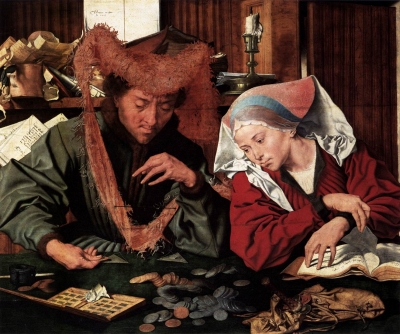 Giro was a mode of banking first used by Egyptians in the 4th century BC. The idea behind the system was to transfer money from one person to another. State granary units acted as banks then, and accepted ‘giro’ payments.
Giro was a mode of banking first used by Egyptians in the 4th century BC. The idea behind the system was to transfer money from one person to another. State granary units acted as banks then, and accepted ‘giro’ payments.
What initially began as collecting the customers’ money to help them save it later became a form of banking. The granary authorities, in the course of time, helped the customer transfer their money to another person’s account.
Such transactions were recorded in their storage books too, which formalized accounting. Large amounts of money could easily be transferred through the giro system. It is known that these banking (granary) units had a central bank in Alexandria.
By 1619, Venice launched the Banco del Giro to facilitate payments from its creditors. By 1883, a concept of postal giro arose in Austria. The idea behind it was the same- direct transfer of money with the help of a centralized accounting office. But the banking system moved from granaries to post offices.
By the mid 20th century, almost all countries in Europe had a postal giro service.
